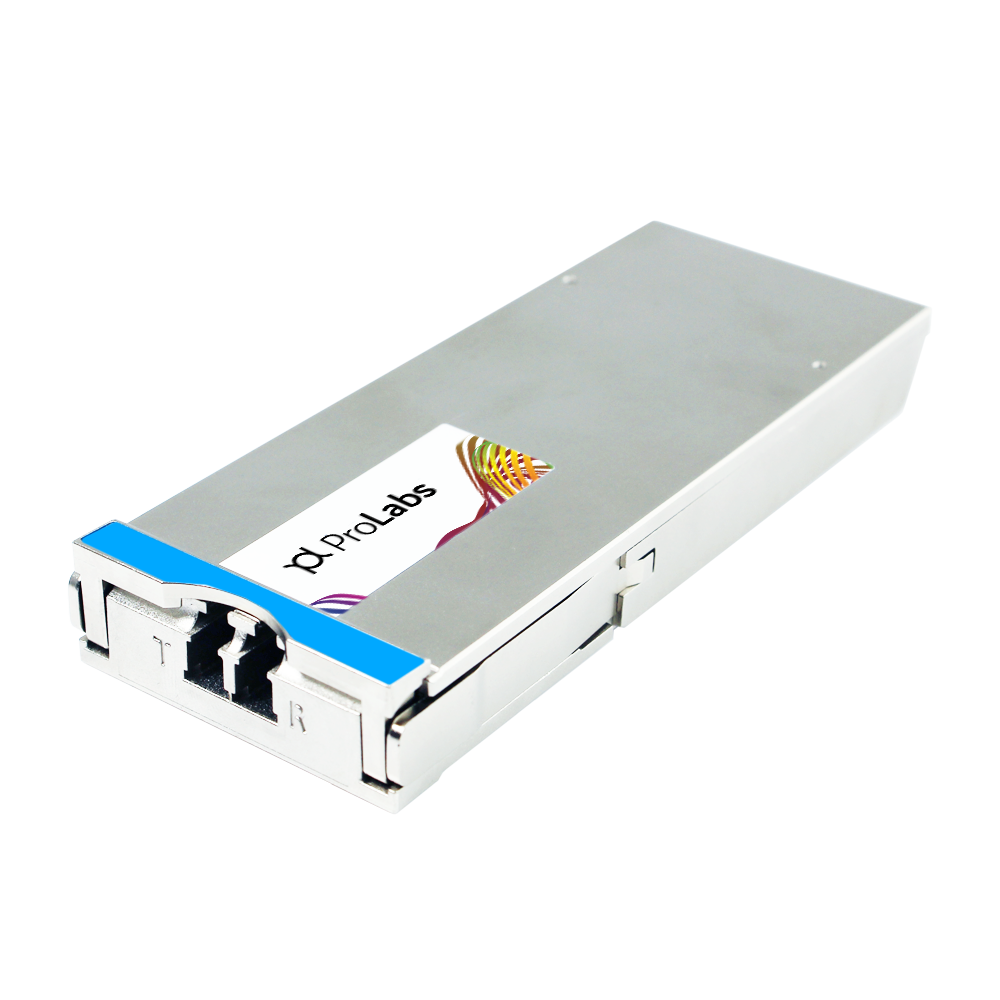Coherent transceivers are evolving at a rapid pace. Not long ago they required part of a card on a chassis to host them. Today they are available in pluggable form factors packing the laser, DSP, transmitter, receiver, modulator, and other components into a standard pluggable form factor, while minimizing power draw and heat generation. This is an astounding technical achievement and is a driving factor behind much of the bandwidth increase on optical networks.
Encoding Schemes
Encoding is the method of changing data from one form to another, encoding data to light is called modulation. The primary encoding schemes used in these devices are:
- Quadrature Phase Shift Keying (QPSK)
- Quadrature Amplitude Modulation (QAM)
QAM is a signal in which two carriers shifted in phase by 90 degrees (i.e. sine and cosine) are modulated and combined. As a result of their 90° phase difference they are in quadrature and this gives rise to the name. Often one signal is called the In-phase or “I” signal, and the other is the quadrature or “Q” signal. QPSK is a form of phase modulation technique, in which two information bits (combined as one symbol) are modulated at once, selecting one of the four (0, 90, 180, 270 degree) possible carrier phase shift states.
Baud
This is another common term associated with coherent modulation. Baud rate means the number of pulses per time period measured in seconds. A simple way to conceptualize baud is to think of it as frequency. How often the signal is sent is measured in baud. Some of the fastest DSPs can operate at 64Gbaud and 64QAM. A transceiver sending 64 Gbaud pulses per second (64 billion pulses per second) and operating at 64QAM is sending 600 billion bits per second.

Packaging
The presence of a chip on an optical link also presents new challenges as well as benefits. The main issues with putting a DSP at each end of an optical link are:
1) Space
2) Power usage
3) Heat generation
Coherent optical modules are engineered to address these challenges. The CFP2 format was the first industry standard pluggable optical module. This format comes in two types, the Analog Coherent Optic (ACO) and a Digital Coherent Optic (DCO). In the CFP-2ACO module the DSP is placed on the host line card to address heat issues. The ACO module passes analog signals to the DSP which is located on the host line card. In a CFP2-DCO the DSP is located within the optical transceiver. Having the DSP within the CFP2-DCO transceiver provides more flexibility because the module can be used with any line card. Whereas a CFP2-ACO may only be used in a system that has the matching DSP on the host line card.
Standardization work will soon be complete on new and even smaller pluggable form factors including.
QSFP28 100G ZR/ZR+, QSFP56-DD-ZR/ZR+. These developments will enable coherent detection for more optical transport applications due to their smaller footprint, lower power consumption, higher data rates, and longer reach.
Applications
Standards groups and optical vendors are working to expand the addressable market by creating specifications for coherent optics that meet the industry needs of:
- Data center operators
- Cable MSO’s
- Telecommunication service providers
- Science and research networks
Today there are coherent transceiver solutions for intra-data center, inter-data center, access, metro, and long-haul links. Packaging options include pluggable form factors which broaden the usefulness of coherent optics and enable their usage in a wider variety of equipment. Interoperability is also becoming more feasible as vendors create components and modules that meet standards, MSAs and Implementation Agreements.
Conclusion
The development of interoperable standards for coherent transceivers and packaging in pluggable form factors is now bringing coherent benefits to a wide range of networking applications. ProLabs is a leader in the adoption of these new technologies to solve network problems.
We understand the trade-offs between cost, performance, reach, labor, network equipment, and power requirements. All these factors must be considered when selecting which coherent transmission approach is best for your network. We work with our clients to understand their network and their goals so we can specify the right coherent solution for the network requirement. At ProLabs, our knowledge of the applications and experience with existing and developing standards and equipment makes us a trusted partner for coherent optics with networks across the globe.
Simply follow the links below to see our full series of coherent articles:
